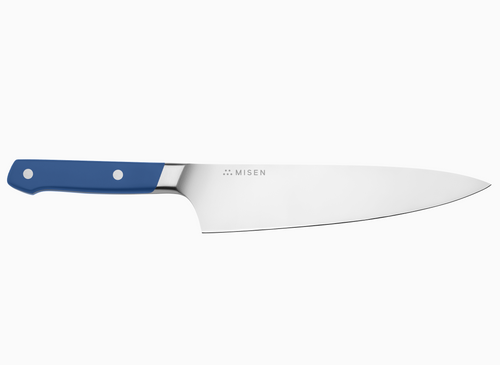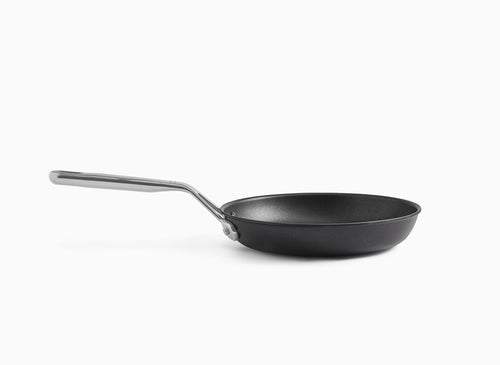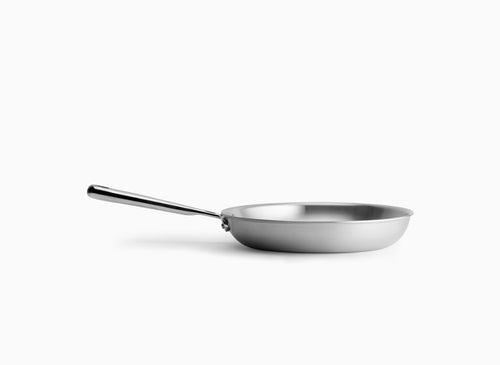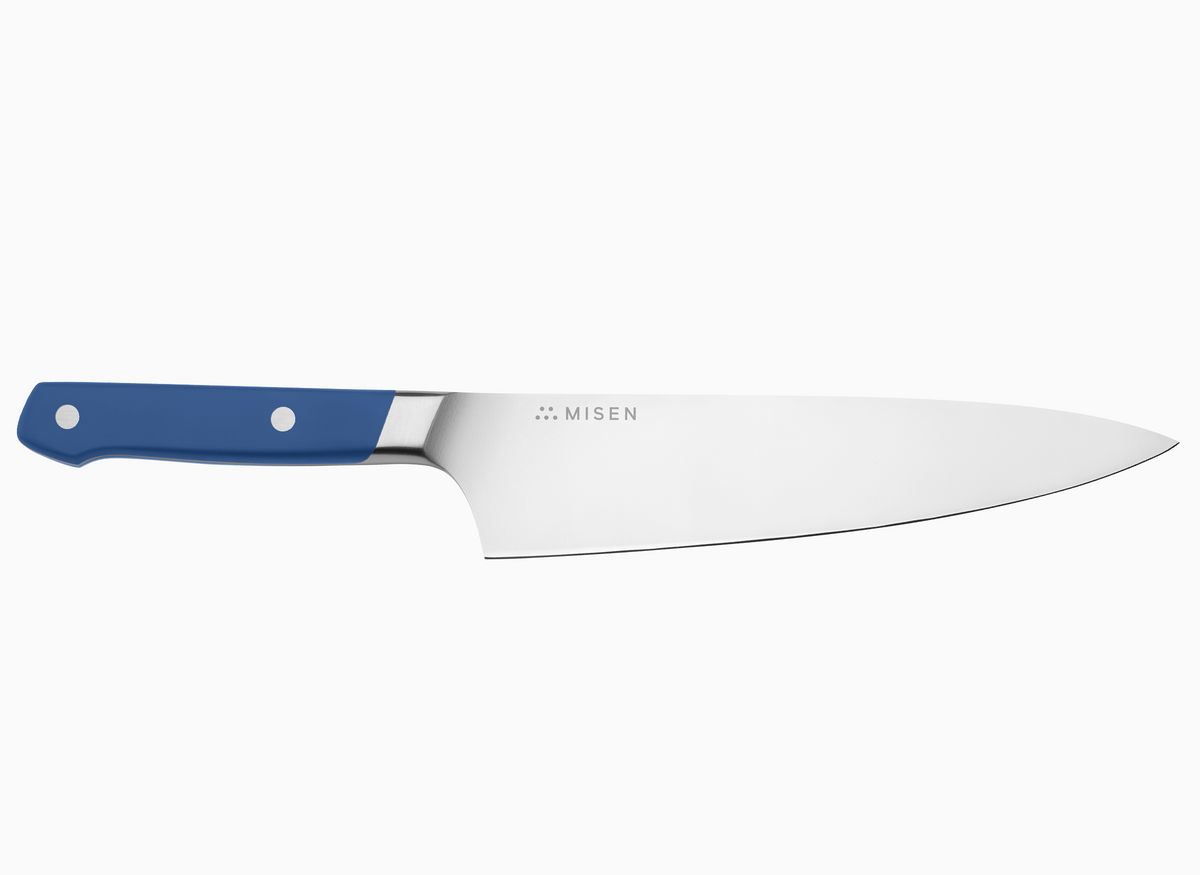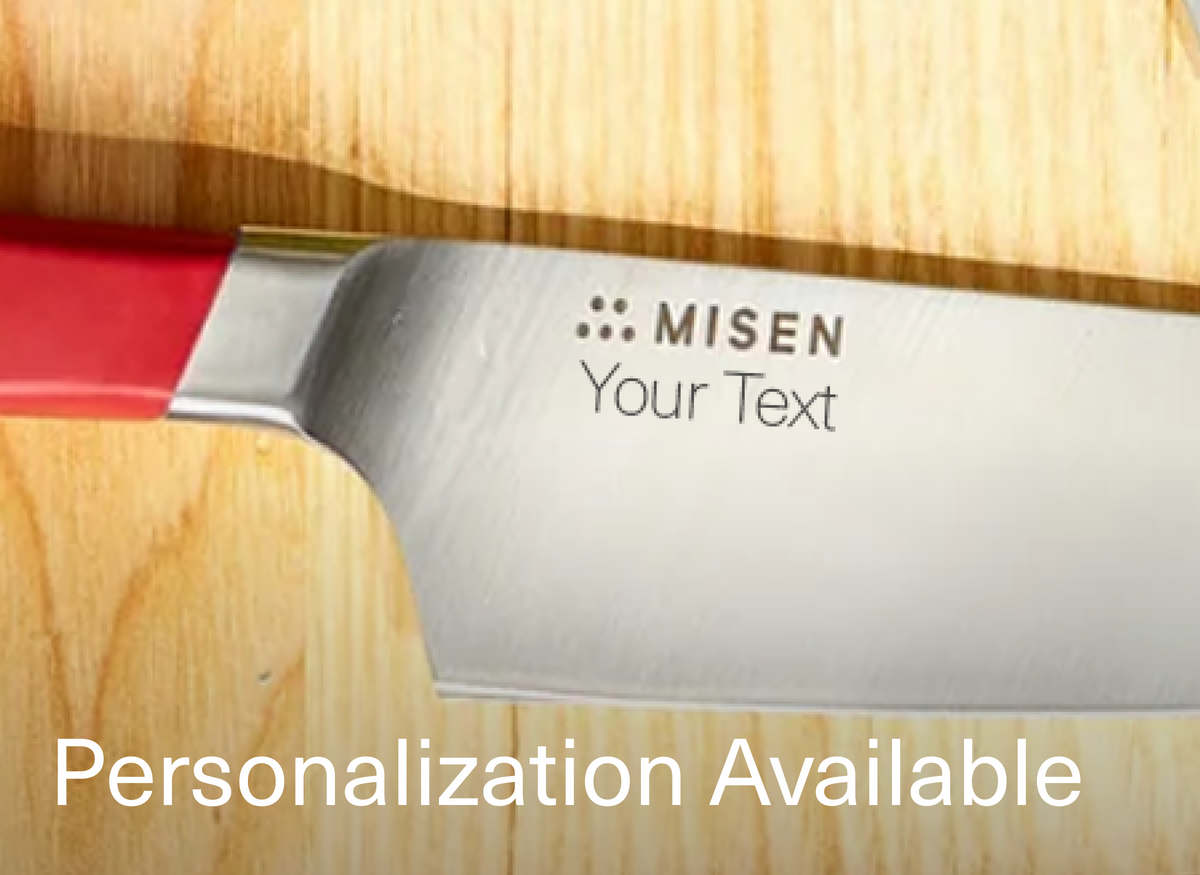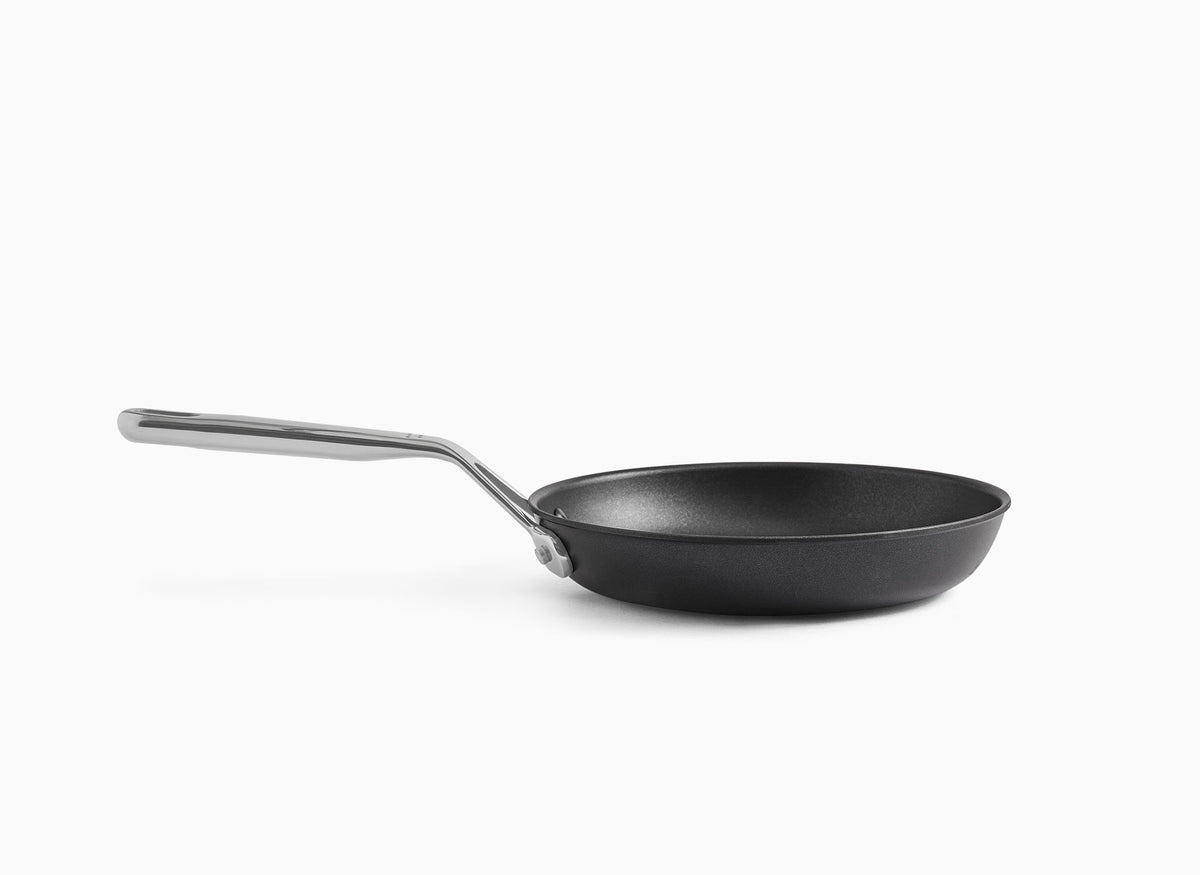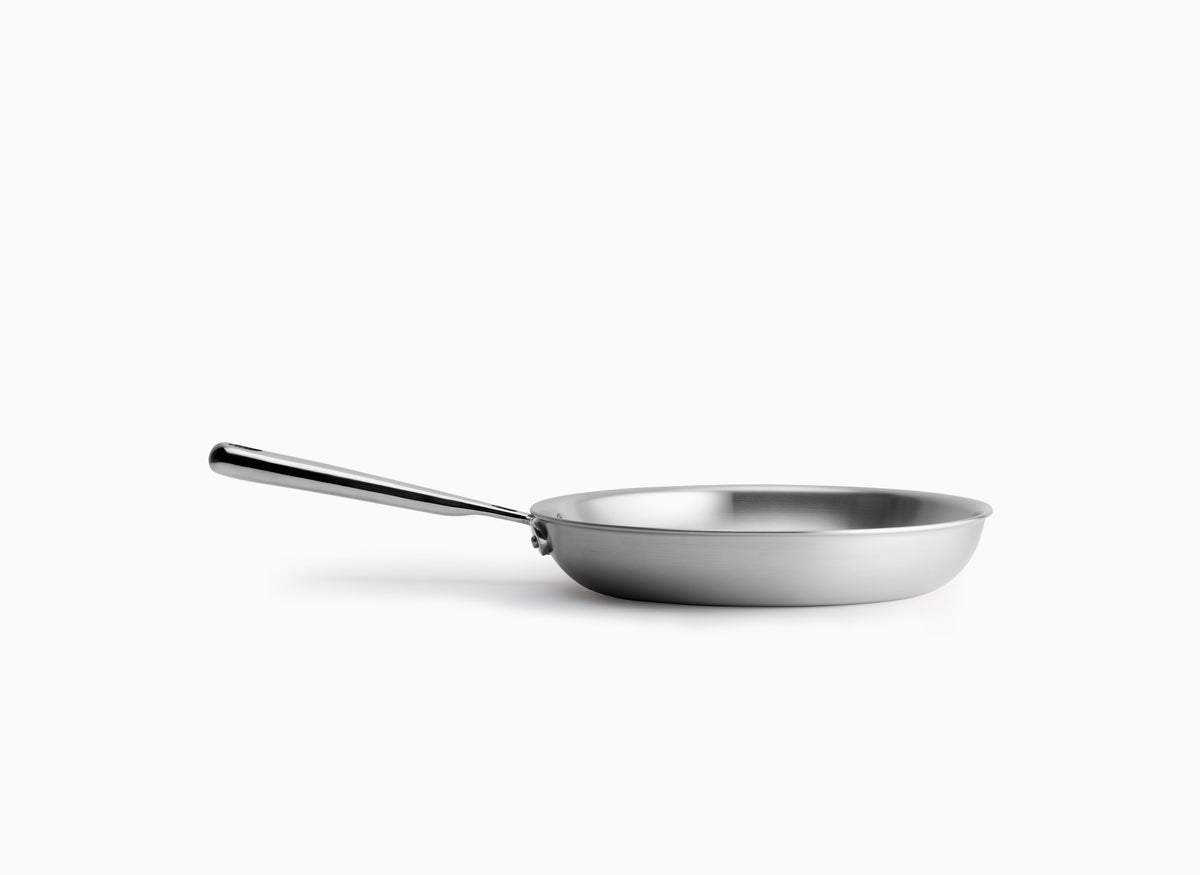Learn How to Cut Bok Choy and Get More Crunch
 A sharp knife makes cutting vegetables a breeze.
A sharp knife makes cutting vegetables a breeze.
- Bok choy can be added to almost any savory dish and can even be eaten raw.
- Cutting bok choy is simple, but different parts of it cook at different speeds.
- Baby bok choy can often be the star of its own dishes rather than being added to dishes.
Bok Choy — sometimes called pak choi or Chinese cabbage — has long been a staple of Chinese cuisine, and Asian cuisine in general. It's satisfyingly crunchy and has a mild peppery taste. It makes an excellent addition to many dishes and can be eaten raw or cooked, though it's most often cooked.
Like other green vegetables, it's got a whole host of health benefits. Similarly, it can be cut and prepared in many different ways. However, there are some tricks to Bok Choy that make cutting it and cooking it different from other, similar vegetables.
Cutting the End of Bok Choy and Washing
 You’ll want to remove the bottom end of bok choy before cooking it.
You’ll want to remove the bottom end of bok choy before cooking it.
Ensuring your bok choy is clean is crucial to the successful outcome of your dish. As with other leafy greens, dirt can accumulate towards the bottom of the plant where the leaves branch off.
It's very difficult to clean leafy greens correctly with the end still on. This is because, well, plants grow in dirt. It's not their fault.
The first step you'll need to take is to slice off the thick end of the bok choy and separate the leaves. Simply place the bok choy on a cutting board, slice the ends off, and discard them.
Next, you'll want to separate the leaves. If any outer leaves show signs of discoloration or wilting, you can toss them too. Healthy bok choy leaves are dark green with a white stem.
You can either wash the leaves in a colander or directly under the faucet with cold water. Whatever the case, make sure to give them a good rinse, especially along the stem where dirt is most frequently found.
Now that your bok choy leaves are separated, a world of options just opened up.
Cutting Bok Choy
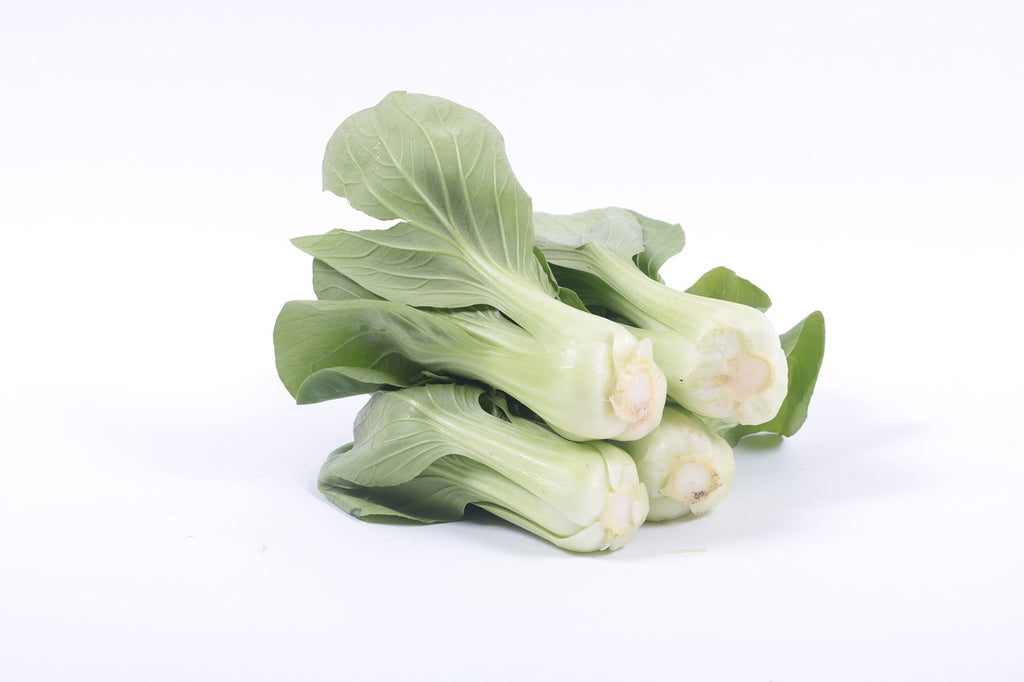 Bok choy’s tender leaves and thick stems cook at different times.
Bok choy’s tender leaves and thick stems cook at different times.
Bok choy is great in a wide variety of dishes: soups, stews, salads, and just about any other savory dish that calls for leafy greens. Notably, bok choy is a very popular ingredient in stir-fries. It can either be added to other ingredients in a stir-fry, or it can be the star of the dish all by itself.
The shape that the ingredient calls for can vary depending on the dish, but generally you can cut bok choy about the same way you'd cut celery.
If you're using it in a mixed stir-fry, you'll want to cut it down to size first — unless you're using baby bok choy, the leaves of which can often be added whole. Baby bok choy is just bok choy that's been picked young and thus is significantly smaller than a full-grown plant.
You've already washed and separated the leaves, so now it’s time to separate the white stalks from the green leaves. Keep them separate because the cooking times of each are different: because the leaves are so much thinner than the stalks, they'll cook much faster.
Cutting the Stems
Bok choy's stems add some good crunchy texture to a dish, so you definitely don't want to throw them out. But you have a couple of options when it comes to cutting them.
- Option 1: Cut them lengthwise, and then into small pieces. Slice the stem lengthwise down the middle and then cut crosswise to make smaller pieces. The pieces should be somewhat square afterwards: about 1/2 inch by 1/2 inch.
- Option 2: Cut them crosswise, but not lengthwise. Essentially, you'll be cutting across the narrow part of the stem to make long, thin slices. You'll want the slices to be about 1/2 an inch thick.
Once you've cut the stems, separate them from the leaves until you're ready to cook.
Cutting the Leaves
Because the leaves are thinner and much more easily damaged than the stems, you'll first need to make sure you have a sharp knife. A sharp knife will be much less likely to tear the leaves and will leave you (no pun intended) with more even cuts.
First, roll the leaves lengthwise into a cylinder shape. From there, you can slice the leaves into thin strips by cutting across the length of the roll. Don't worry about how long the strips are: The leaves of leafy greens cook down significantly when stir-fried.
When you're cooking, you'll want to add the leafy part a couple of minutes after the stems since they cook so quickly. If you're stir-frying, for example, you'll want to add them to the stir-fry as close to the end of the cook as possible. If you watch a professional Thai chef stir-frying with a wok, they'll add the leafy bits just perhaps a minute or less before the dish is done.
Cutting Bok Choy to Be the Star of Your Dish
 Baby bok choy leaves can often be left intact.
Baby bok choy leaves can often be left intact.
Stir-fried bok choy is an excellent side dish to, well, just about anything. It's common to saute it with garlic, ginger, and sesame oil, for example, though there are countless bok choy recipes out there. Most dishes that call for bok choy to be on its own suggest baby bok choy, which is what we'll discuss here.
When it's the star of the dish, baby bok choy is generally left in larger pieces than when it's used as part of an ensemble. Additionally, when it's on its own bok choy is usually left intact rather than having its stems separated from the leaves. This gives the dish a range of textures: crunchy stem, tender leaf.
One good option is to quarter the bok choy without separating the stems from each other. You'll still want to remove the bottom, but then you'll simply cut it into quarters lengthwise. A chef's knife, santoku knife, or utility knife can all be used here since they're the right length to cut all the way through.
Alternatively, after removing the bottom, you can simply separate the individual stalks with your hands. This is effective with a small baby bok choy since one leaf and stalk combo would lead to about one full bite.
Popular for a Reason
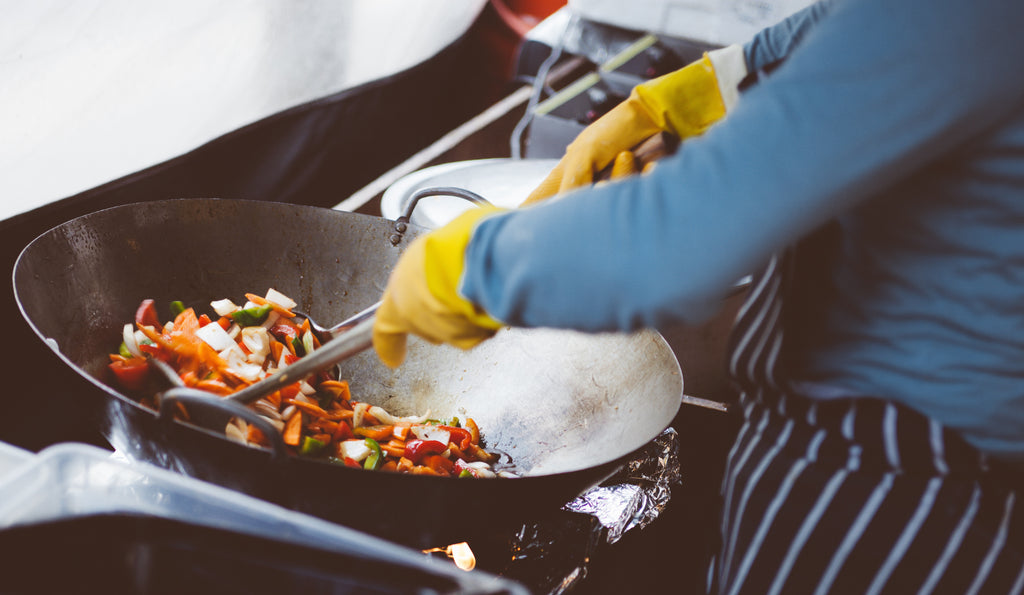 Bok choy is a great addition to any stir-fry dish.
Bok choy is a great addition to any stir-fry dish.
Bok choy is popular worldwide for two main reasons: First, its mild taste and satisfying crunch make it a welcome addition to a huge variety of savory dishes from all over the world, and second, its host of health benefits, like its high levels of vitamin A, vitamin C, and fiber beef up your nutritional profile.
Whether you're making a stir-fry, soup, or salad, bok choy can become one of your favorite ingredients. It's hard to get tired of, and it’s a good way to get fussy kids or adults to eat their veggies. It readily absorbs the flavor of anything added to it.
Enjoy your veggies — we certainly do. And may your knife always be sharp and your cutting board clean.
